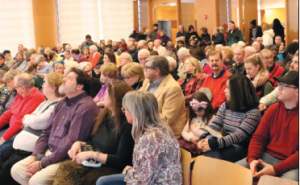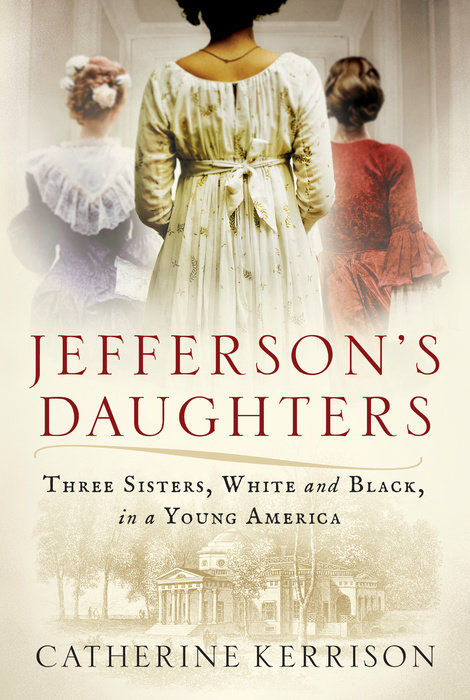Overflow Crowd Attends Slover Lecture On Jefferson’s Black DaughterPosted in Articles, Biography, History, Media Archive, Slavery, United States, Virginia, Women on 2019-02-25 02:39Z by Steven |
Overflow Crowd Attends Slover Lecture On Jefferson’s Black Daughter
The New Journal & Guide
Norfolk, Virginia
2019-02-03
An overflow crowd was on hand Sunday, Jan. 27 at the Slover Library in downtown Norfolk to hear Dr. Catherine Kerrison discuss her latest book, “Jefferson’s Daughters: Three Sisters, White and Black, in A Young America.” Kerrison is an associate professor of history at Villanova University, where she teaches courses in colonial and revolutionary America and women’s and gender history.
The event was the second of three lectures in the Catherine Lee Brinkley Memorial Lecture Series being offered by the Slover Library to “keep the spirit of community discourse about current events alive and to celebrate recently published books of national note.” It is being sponsored by Jane Batten, who was in attendance, as was former Mayor Paul Fraim, who heads the Slover Library Foundation.
Kerrison’s expert re-search and writing on Virginia’s Thomas Jefferson, the primary writer of the Declaration of Independence, and the third president of the United States, may have added to the crowd’s interest. Certainly, the sexual liaison between Jefferson and his enslaved companion Sally Hemings has been a topic of discussion and controversy since the relationship was disclosed several years ago…
Read the entire article here.






